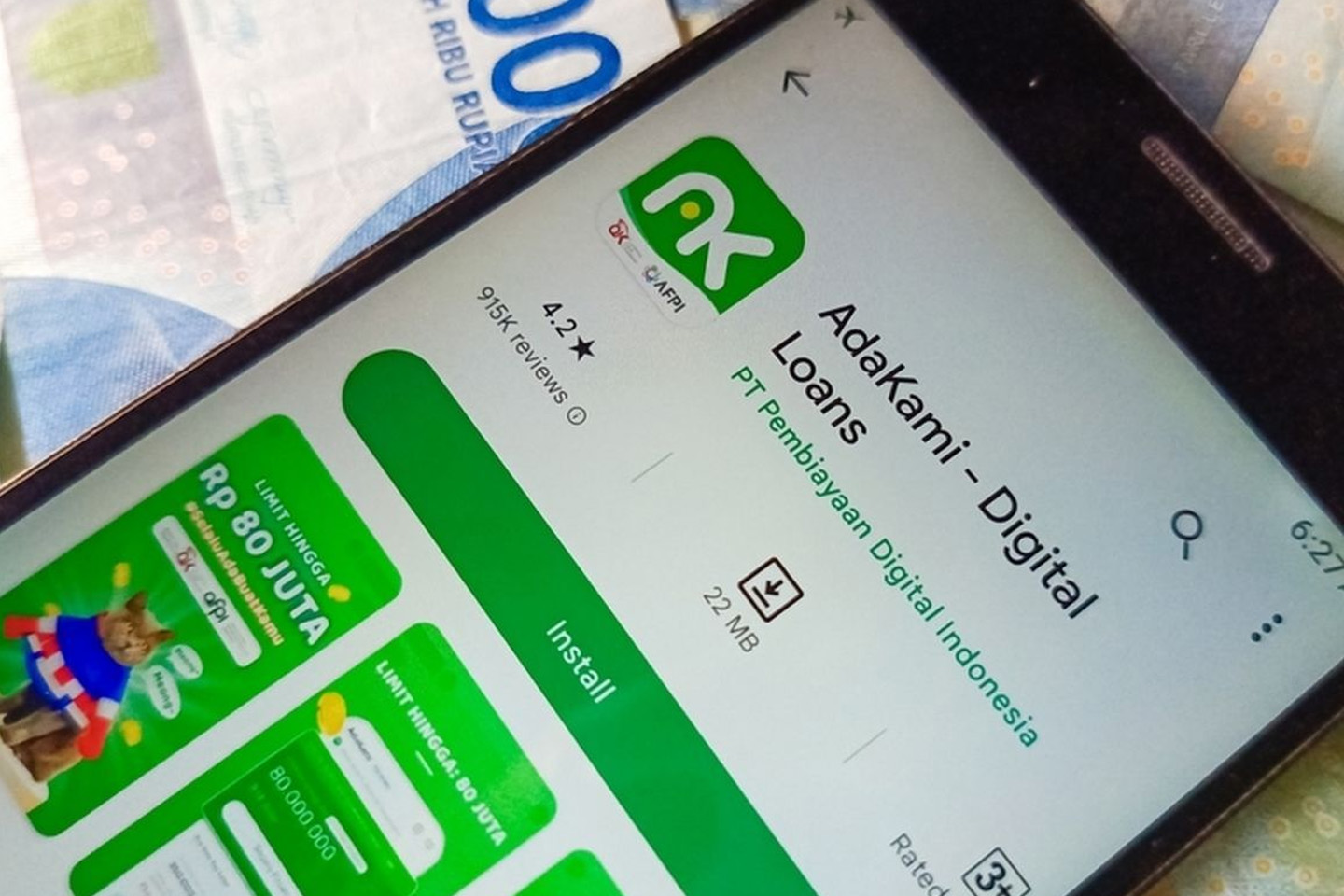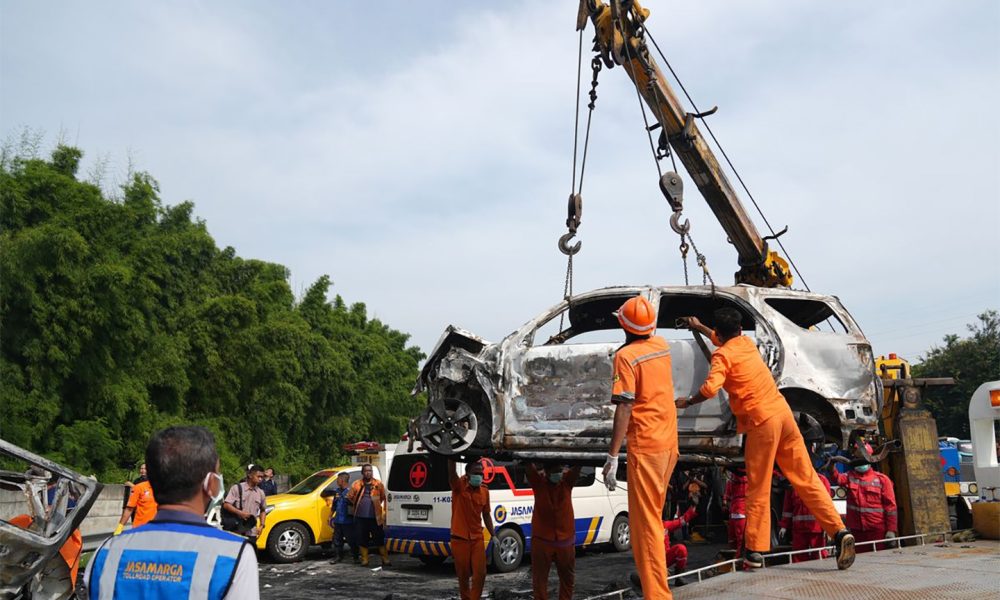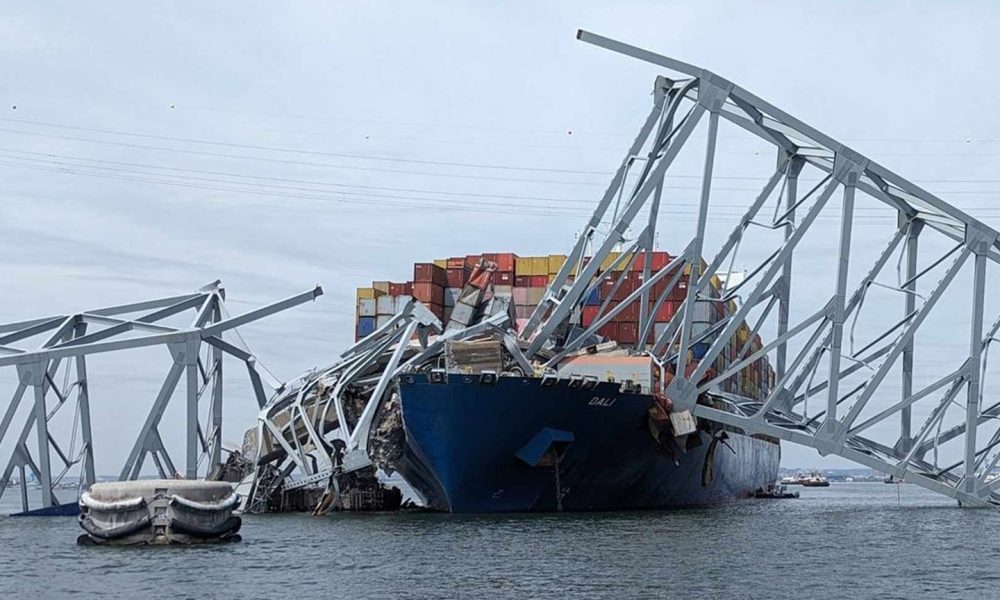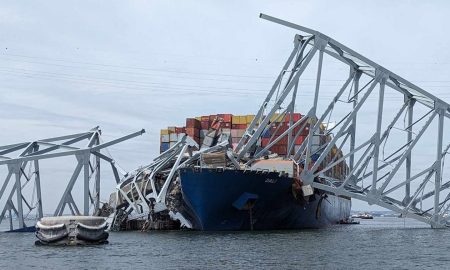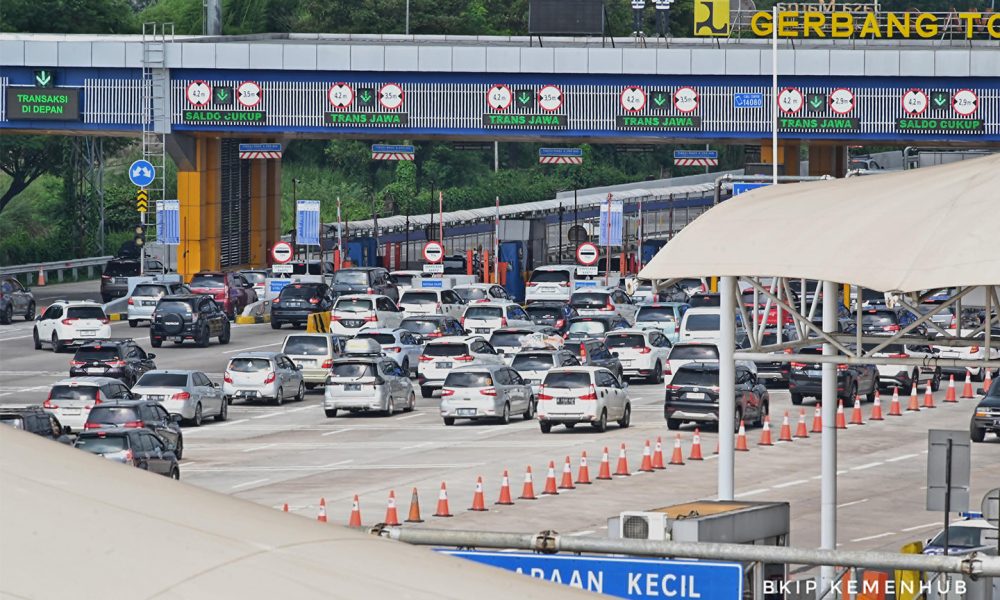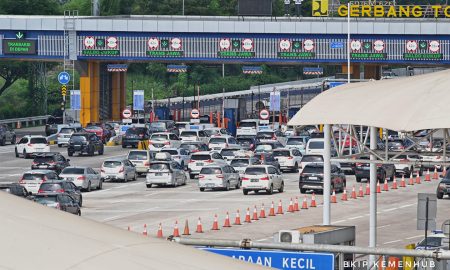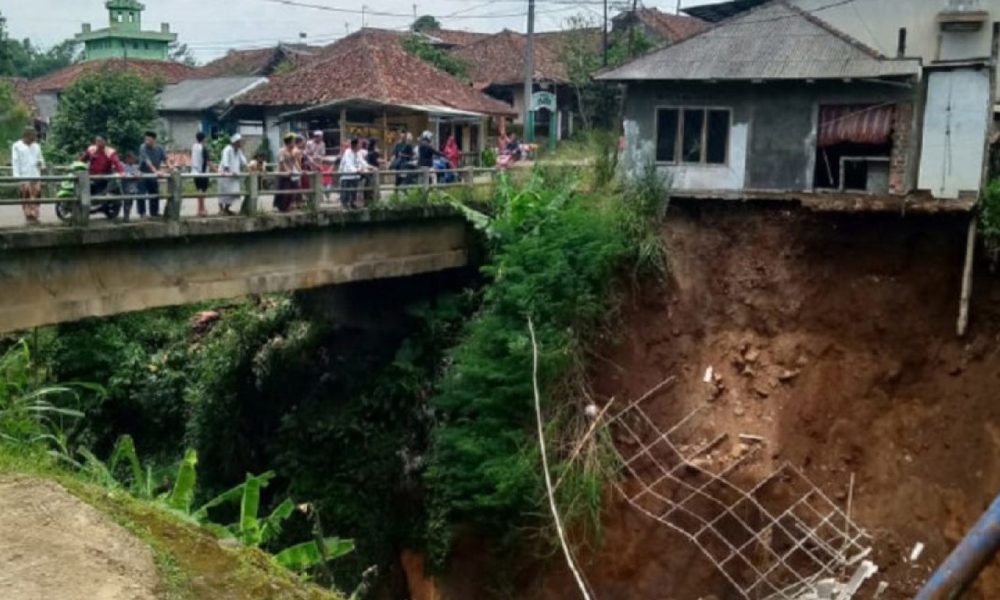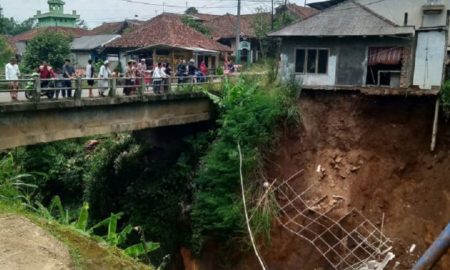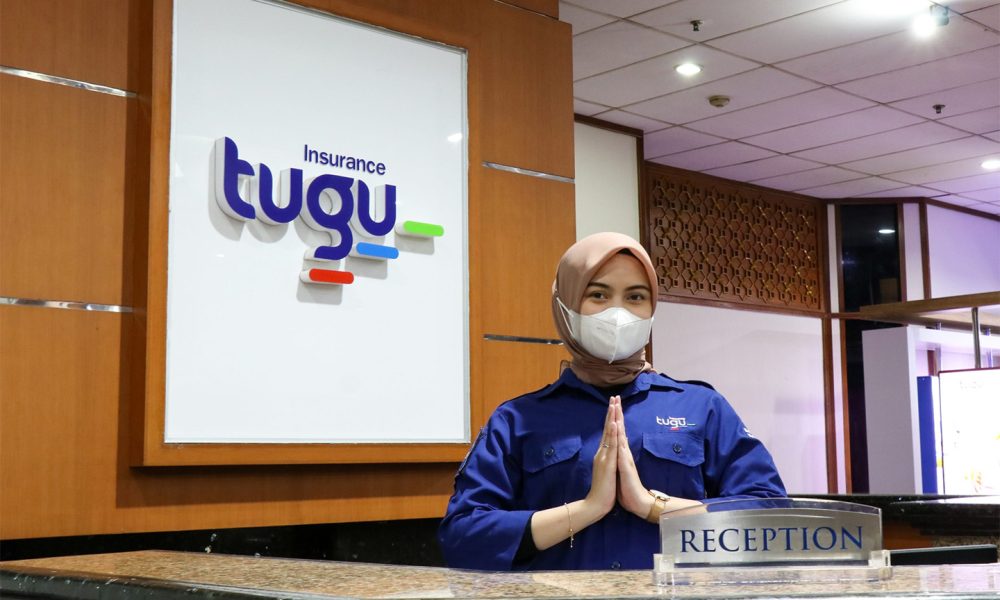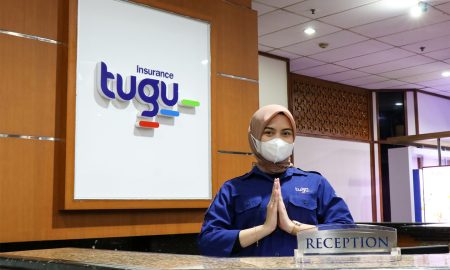Liga Asuransi – The development of the insurance industry is still interesting to follow. In the first week of October 2023, we summarized seven news related to insurance that you should know.
As always, if you are interested in this article, please share it with your colleagues so they can understand it as well as you.
Association Reveals Opportunities and Challenges Associated with Using Carbon Exchanges in an Insurance Context
The Indonesian General Insurance Association (AAUI) has identified opportunities arising from carbon exchanges for the general insurance industry. This happened after President Joko Widodo officially launched the Indonesian Carbon Exchange through IDXCarbon on September 26.
AAUI Executive Director Bern Dwiyanto stated that the carbon exchange opened the door for the financial sector, including the general insurance industry. The reason is that insurance plays a vital role in supporting other sectors, especially in risk planning and mitigation.
However, Bern also revealed challenges in taking advantage of this opportunity. In Indonesia, discussions about carbon trade insurance still need to be improved. Infrastructure and regulations are also required to support the proper implementation of carbon trading insurance. Bern emphasized the need for in-depth studies and discussions to determine the best rules and schemes to support carbon exchange insurance.
On the other side, the Director of Indonesian Operations Engineering, Re Delil Khairat, highlighted the potential role of insurance in the transition to a green economy. He considers that transition processes requiring significant investments and innovation must be protected by insurance. While these opportunities exist, Delil highlights the high risk of investing in renewable energy. The significant challenges are the need for more historical data and the insurance industry’s low understanding of these risks. Delil also mentioned that insurance premiums in this context are likely higher, and the insurance industry’s interest in protecting this risk is still low.
In conclusion, while there are opportunities for the general insurance industry in dealing with carbon exchanges and the transition to a green economy, many challenges still need to be overcome, including limited knowledge and regulations and high risks in renewable energy investments.
Akseleran Leaders Reveal Solutions to Reduce Insurance Costs in Online Loan Services
Insurance costs in fintech peer-to-peer (P2P) lending platforms became a concern after the President Director of PT Pembayaran Digital Indonesia (AdaKami), Bernardino Moningka Vega, linked the high costs of platform services to insurance costs. PT Acceleration Business Indonesia Tbk. (AKSL) or Akseleran, another P2P lending fintech player, considers insurance in P2P lending to be an effort to reduce risk.
Ivan Nikolas Tambunan, Group CEO and co-founder of Akseleran explained that the lender will bear the loan insurance costs. The strategy they employ is to reduce the interest income earned by lenders. Ivan also emphasized that they try to keep their risk profile as small as possible so that credit insurance premiums do not become a significant burden for them.
Apart from insurance, Ivan highlighted the importance of wise loan appraisal as the primary step in reducing the risk of bad credit and default in the future.
Meanwhile, Akseleran has achieved a high credit success rate, with a TKB90 reaching 99.38 percent and a default rate (TWP90) of only 0.62 percent.
From an insurance company perspective, Achmad Sudiyar Dalimunthe, President and Director of PT Asuransi Asei Indonesia, confirmed that credit insurance is one way to manage risk. Credit insurance protects credit providers against the borrower’s inability to pay the loan according to the credit contract.
An insurance practitioner, Dody, explained that insurance companies also evaluate the borrower’s risk profile before providing protection. This is done to ensure that the borrower has sufficient sources of funds to repay the loan.
Dody also mentioned that the debtor’s risk level influences credit insurance premium rates. A high-risk profile will result in higher premium rates. Although this premium is the responsibility of the credit provider, in practice, insurance costs are often included in the administrative costs component, along with other expenses borne by the borrower.
Plans for Transferring Bank Credit to the Guarantee Sector, Association’s Opinion on This Matter
The Indonesian General Insurance Association (AAUI) responded regarding the discourse on transferring bank credit to guarantee companies. AAUI General Chair Budi Herawan confirmed the existence of this discourse. He explained that if this discourse becomes a reality, banks will transfer their credit insurance to guarantee companies, not insurance companies.
However, Budi revealed that the information received was still limited to the conceptual level and needed to be more detailed. AAUI has also yet to receive an official call regarding this transfer plan. He added that this plan is still in the discussion stage and has yet to have a definite schedule.
Budi explained that implementing this transfer discourse would require a long time and be challenging. The necessary rule changes will also need several in-depth studies. He emphasized that if the survey is not possible or feasible, then the transfer may not occur.
Budi admits that the general insurance industry will be significantly impacted if this transfer occurs. One of the main contributors to premium income in this industry comes from the credit insurance business so premiums may decrease. Budi believes that the general insurance industry still has various other products that can support premium income. Apart from that, efforts to increase literacy and inclusion are also being made to expand the market share of the general insurance industry.
Tugu Insurance Scores Achievements and Wins Awards in the 2023 HR Excellence Awards
PT Asuransi Tugu Pratama Indonesia Tbk (Tugu Insurance) has again achieved brilliant recognition. Most recently, the company, a subsidiary of BUMN Pertamina, won two awards at the 2023 HR Excellence Awards. These awards include Excellence in HR Change Management (Bronze) and Business Transformation (Bronze).
Jusman Hutama, who serves as Group Head of Human Capital & Services, enthusiastically accepted the award. He explained that the achievements achieved by Tugu Insurance were in line with the company’s efforts to change and improve its Human Resources (HR), which has provided the best service to consumers for more than 40 years in the Indonesian insurance industry.
Jusman emphasized that through the drive to change and improve the company’s human resources, this award proves that transformation has occurred, and they hope to continue to improve their achievements in the future.
Apart from that, Emil Hakim, who serves as Director of Finance and Corporate Services at Tugu Insurance, added that this achievement is in line with the company tagline #ReachingNewHeights and the company culture that is consistently internalized, which is a source of motivation for professionals at Tugu Insurance to continue to improve their competence and their agility in the ongoing HR transformation process.
Emil emphasized the importance of the role of the Human Resources (HR) Department as a strategic partner within the company, especially in facing various business challenges and opportunities. He hopes that internalizing the company’s cultural values and taglines, such as AKHLAK and #ReachingNewHeights, will continue to be implemented continuously to support the company’s larger goals.
Let’s examine the differences between education insurance and education savings.
Education insurance or savings are some ways parents prepare for their children’s education. The availability of sufficient funds will ensure that children receive the best education until they finish at their best level.
You can prepare funds for your child’s education in various ways, such as preparing Education Insurance or Education Savings. This is an effective way to minimize unwanted things.
Education Insurance can be used for long-term goals, while Education Savings can be used for short-term purposes. It is essential to know that Education Insurance and Education Savings are two different things.
Many people think that Education Insurance is Education Savings even though the two basic concepts differ. Simply put, education insurance protects education and investment funds, while education savings are for bank savings in preparing children’s education funds.
Quoted from the official website of the Financial Services Authority (OJK), Monday (24/9/2023), several things differentiate between Education Insurance and Education Savings.
The difference between Education Insurance and Education Savings can be seen from the primary function, the institution that issues the product, deposits, disbursement mechanisms, benefits and risks, and recommended periods.
If we look at the primary function, Education Insurance has the function of protecting education funds, while Education Savings functions to save education funds.
Apart from that, it can also be seen from the institution that produces the product. Insurance companies issue education insurance, while banks issue education savings.
The mechanism for depositing and disbursing funds is also different. Deposits for Education Insurance will consist of insurance premiums, investment funds, or, according to the policy premium value. Meanwhile, the disbursement of funds will be gradual according to the provisions of each policy chosen.
Meanwhile, Education Savings adjusts to the saver’s abilities. Disbursement of funds can also be adjusted to the period chosen by the customer when initially opening the savings account.
Education insurance can prevent children from dropping out of school because their parents can no longer earn a living, such as death or total disability. However, Education Insurance has investment risks if the education insurance is accompanied by a unit link/PAYDI. Education Insurance investments can experience increases and decreases according to market performance.
Unlike Education Insurance, Education Savings have quite small risks and are relatively safer. This is because the Deposit Insurance Corporation (LPS) guarantees the benefits in interest and savings as long as the value does not exceed IDR 2 billion. Meanwhile, if it is more than the LPS guarantee limit, this can be done by dividing it into several banks.
It is essential to know that the success of Education Insurance depends on the calculation of the child’s education costs planned by the parents.
If the education costs do not match the child’s school costs, then the disbursement of funds will not be able to meet the child’s education costs. For this reason, paying attention to many things is necessary before deciding to take insurance.
AdaKami Leadership Honestly Identifies the Causes of High Service Costs
The online loan platform PT Pembayaran Digital Indonesia (AdaKami) explained its reasons for the high service fees compared to the principal loans given to borrowers. According to AdaKami’s Main Director, Bernardino Moningka Vega, one of the main factors causing AdaKami’s service costs to be higher is the high percentage of insurance costs. He explained that insurance provisions are contained in the Financial Services Authority Regulation (POJK), which regulates Information Technology-Based Joint Funding Services (LPBBTI).
In POJK 10/2022, Part Five, which relates to Risk Management by Organizers, Article 35 paragraph (3) and paragraph (4) letter (e) states that organizers are obliged to facilitate risk mitigation for users, one of which is by facilitating the transfer of risk on objects. Collateral if there is a collateral object. This risk transfer refers to insuring the collateral object.
According to the explanation in the regulation, the transfer of risk over the collateral object includes insurance of the collateral object. Dino explained that the percentage of AdaKami’s service costs includes technology, insurance, and operational costs. He emphasized that insurance costs are essential to service costs, and every customer who borrows must be insured. These fee levels can be high, mainly because the AdaKami platform serves people who have limited access to banking services.
Dino also added that insurance costs may vary depending on the products offered by AdaKami. Meanwhile, the Indonesian Joint Funding Fintech Association (AFPI) emphasized that the loan cost limit in online loans (pinjol) based on AFPI’s code of ethics is 0.4 percent. AFPI Secretary General Sunu Widyatmoko explained that “loan fees” were used because the association understands the fee structure on fintech P2P lending platforms.
Sunu clarified that these loan fees are not the same as loan interest. Loan fees include various components such as interest from the lender, administration, technology, service, risk management, and insurance fees. AFPI has set a limit that fees paid by borrowers cannot exceed 0.4 percent per day.
Sunu explained that AFPI also regularly monitors all its members on each platform to ensure compliance with the rules. If there is a violation, AFPI will notify the relevant platform and take appropriate action.
3 Best General Insurance Companies 2023 with Group Capital Between IDR 300 Billion to IDR 500 Billion
Three general insurance companies in the IDR 300 billion – IDR 500 billion equity group, named Best General Insurance 2023 by Media Asuransi, have shown positive growth in 2022, according to Media Insurance Research Institute (LRMA) research.
The results of this research show better performance from the three companies, namely PT Asuransi Samsung Tugu, PT Asuransi Elektro Perisai Nasional, and PT Asuransi Dayin Mitra Tbk, which occupy positions 1-3 on the list of Best General Insurance 2023 Media Insurance in their respective categories.
PT Asuransi Samsung Tugu recorded an increase in company profits of 90.57 percent, from IDR 29.81 billion in 2021 to IDR 56.82 billion in 2022. This increase can be attributed to a selective, careful, and strict underwriting strategy and new business acquisition from a project by a South Korean company investing in Indonesia, with a gross premium value of around US$10 million.
Meanwhile, PT Asuransi Elektro Perisai Nasional also recorded positive growth in several financial indicators, including asset growth of 12.75 percent, from IDR 1.54 trillion in 2021 to IDR 1.73 trillion in 2022. The company’s net profit increased significantly by 131.32 percent, from IDR 24.03 billion in 2021 to IDR 55.60 billion in 2022.
The Main Director of PLN Insurance, Moch Hirmas Fuady, said that achieving the best performance in 2022 consists of 7 corporate components, including premium income, underwriting results, investment results, operating expenses, operating profit, profit before tax, and profit after tax.
In third position, PT Asuransi Dayin Mitra experienced net premium growth of 11.96 percent, from IDR 155.22 billion in 2021 to IDR 173.78 billion in 2022. Investment value increased slightly, by 0.92 percent, from IDR 365 billion in 2021 to IDR 369 billion in 2022.
Also, underwriting results increased slightly by 0.15 percent, from IDR 134.43 billion in 2021 to IDR 134.62 billion in 2022. The company’s equity also increased by 0.95 percent, from IDR 361.70 billion in 2021 to IDR 365.12 billion in 2022.
This article is brought to you by L&G Insurance Broker.
—
LOOKING FOR INSURANCE PRODUCTS? DON’T WASTE YOUR TIME AND CALL US NOW
24 JAM L&G HOTLINE: 0811-8507-773 (CALL – WHATSAPP – SMS)
website: lngrisk.co.id
Email: customer.support@lngrisk.co.id
—



